Welcome!
Power Electronics Group

Welcome!
Power Electronics Group
Motors, Drives, Electric Vehicles and High Frequency Electro-Magnetics Experts
Power Electronics Group (PEG) designs, develops and manufactures motors, drives, Electric Vehicles Components and High Frequency Electromagnetics for customer specific applications. PEG also offers comprehensive analysis of motors, motion control and drive products, Electric Vehicle and High Frequency systems. PEG helps customers with optimal selection, sizing and configuration of Motion Control, Electric Vehicle and High Frequency Systems.
PEG has developed critical understanding and published on a wide range of Permanent Magnet Motors, Motor Control, Motor Drives, High Frequency Electromagnetic Components, Electric Vehicles and Switch Mode Power Systems. PEG’s staff has co-authored over 30 publications in various refereed journals and conference proceedings and filed for several issued or pending US patents.
PEG has a strong and talented engineering team of

- Motor engineers
- Electrical engineers
- Mechanical engineers
- Software engineers
- Embedded engineers
- Layout engineers
- Test engineers
- Project engineers
- Research & Simulation engineers
- Manufacturing engineers
We bring products to fruition in short time. We combine the best practical, technical and academic knowledge to bring our clients unique competitive advantages.

Areas of Specialization
We bring products to fruition in short time. We combine the best practical, technical and academic knowledge to bring our clients unique competitive advantages.
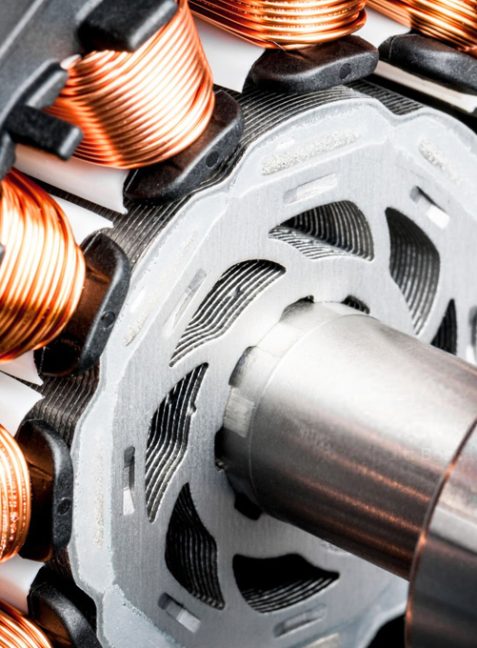
Motors
Design, Development and Prototyping of Brushless PM Motors
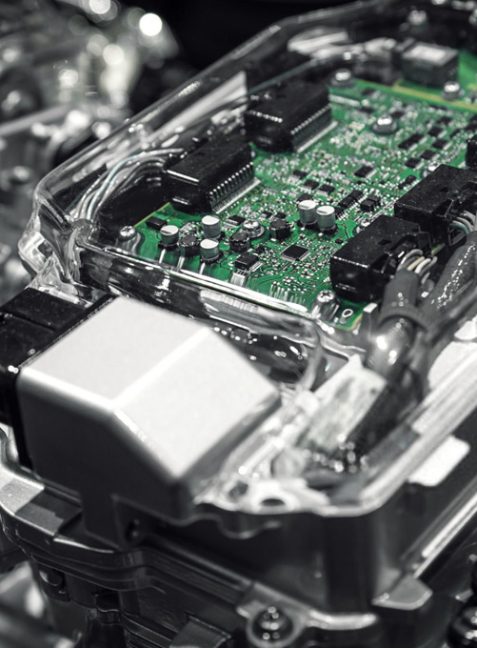
Circuit Design
Switch Mode Power Supplies, High Frequency Electromagnetics, PCB Layout
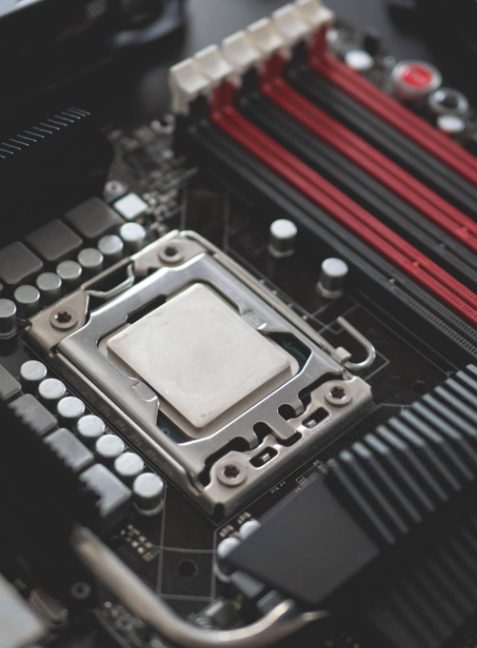
Drives
50W to 500kW Design, Development and Prototyping of Drives

Project Management
BLITZDEVS TM
Lighting Speed Product Development

Electric Vehicles & Components
Motors, Drives, Batteries and Chargers
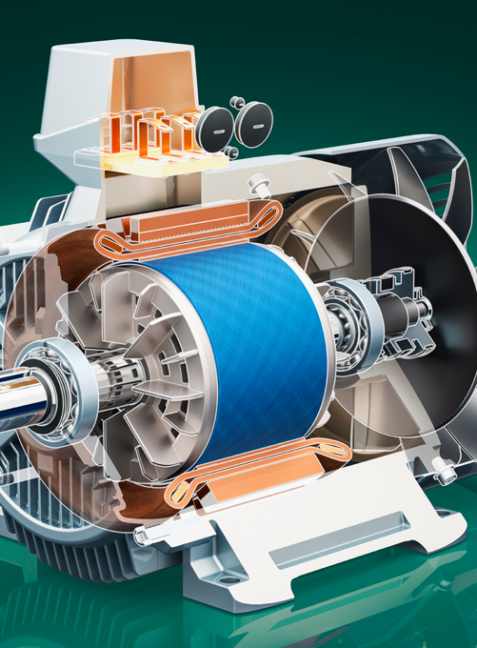
Simulations
Matlab, Pspice, LTSpice, Finite Element Analysis (FEA using FEMM, Simcenter Motor Solve and Ansys Motor CAD)
3-Day Workshop
Online Workshops

Power Up Your Knowledge. Elevate Your Innovation.

Inverter, Hardware & Firmware Design

Finite Element Analysis & System Optimization
PEG Has A Strong And Talented Engineering Team Of
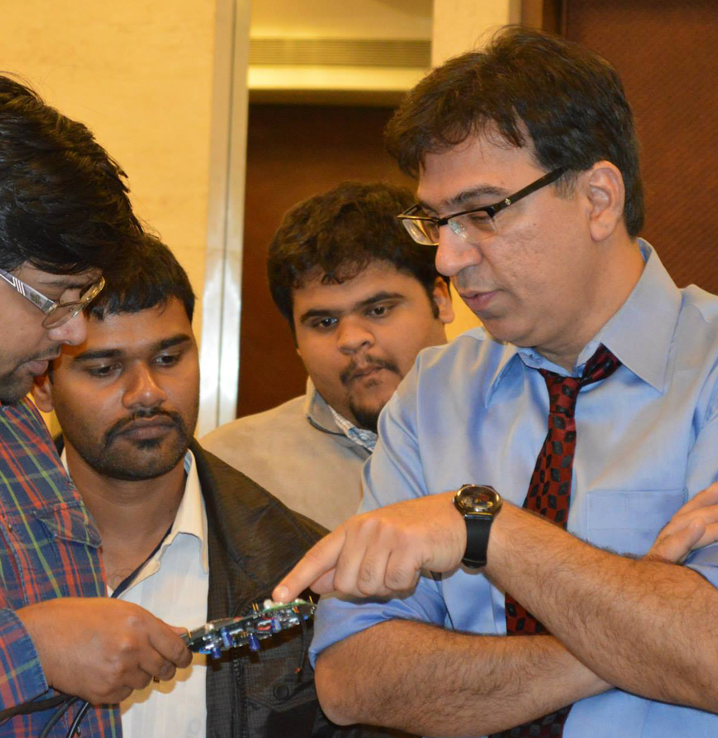
Motor Engineers specializing In The Design Of Motors And High Frequency Magnetic Components Using FEA (Finite Element Analysis) As Well As Analytical Methods.
Electrical Engineers specializing In Power Electronics, Analog And Digital Circuit Design.
Mechanical Engineers specializing In 3-D Modeling And Chassis Design With Die Cast And CNC Machined Components Using SolidWorks.


